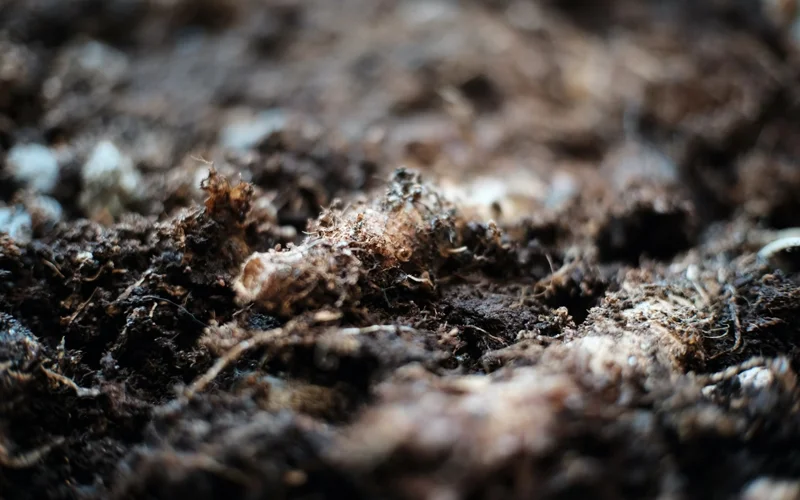New method enables high-precision soil moisture estimation
Chinese researchers have proposed a new method for high-precision soil moisture estimation using the technique of blind source separation (BSS), Xinhua reports.

This study made breakthroughs in the theoretical mechanisms and methods of soil moisture retrieval on Earth's surface, proposing an innovative solution to this problem, according to Jin Rui, a researcher at the Northwest Institute of Eco-Environment and Resources (NIEER) of the Chinese Academy of Sciences (CAS).
The study was conducted by NIEER researchers in collaboration with researchers from the Institute of Tibetan Plateau Research (ITP) of the CAS, Shanxi Normal University, and Beijing Normal University. The results have been published in the journal IEEE Transactions on Geoscience and Remote Sensing.
The nonstationary and nonlinear brightness temperature signals pose a critical challenge to the precision of quantitative estimation of soil moisture via microwave remote sensing.
This is because the brightness temperature signals received by the sensors are a mixture of various signals, including soil moisture, soil temperature, ground surface roughness, vegetation cover, and atmospheric conditions. Researchers have been looking forward to being able to extract soil moisture precisely, according to Li Xin, an ITP researcher.
The study team explored the introduction of BSS technology into soil moisture estimation by decomposing mixed microwave data.
"Suppose you are at a noisy party where you can hear music, people talking and cups clinking all at the same time. BSS is similar to a kind of 'sound separation technique.' Even if you don't know where each sound is coming from, BSS can separate them one by one," Jin explained. This tech-solution can also decompose the mixed information in remote sensing signals.
The research team developed an innovative approach to estimate soil moisture, based on an in-depth understanding of the structural characteristics of microwave brightness temperature signals over time, combined with single-channel and multi-channel BSS technology.
This new method constructed a robust mapping relationship between the source signals and the soil moisture, enabling high-precision estimation of soil moisture.
It bypassed the challenges of remote sensing-based soil moisture retrieval, which is affected by variables such as surface roughness and vegetation cover.
Experiments conducted on the Qinghai-Tibet Plateau showed that this new method is applicable and stable.
The new method boasts a strong capability to disentangle nonlinear and multi-source mixed signals efficiently.
It not only has theoretical significance and proposes a new application method for soil moisture estimation, but also offers an innovative solution for estimating other geophysical variables, according to Li.
Earlier, it was reported that the scientists at the University of Edinburgh have successfully developed a novel method to synthesize paracetamol using recycled plastic waste as a raw material.
